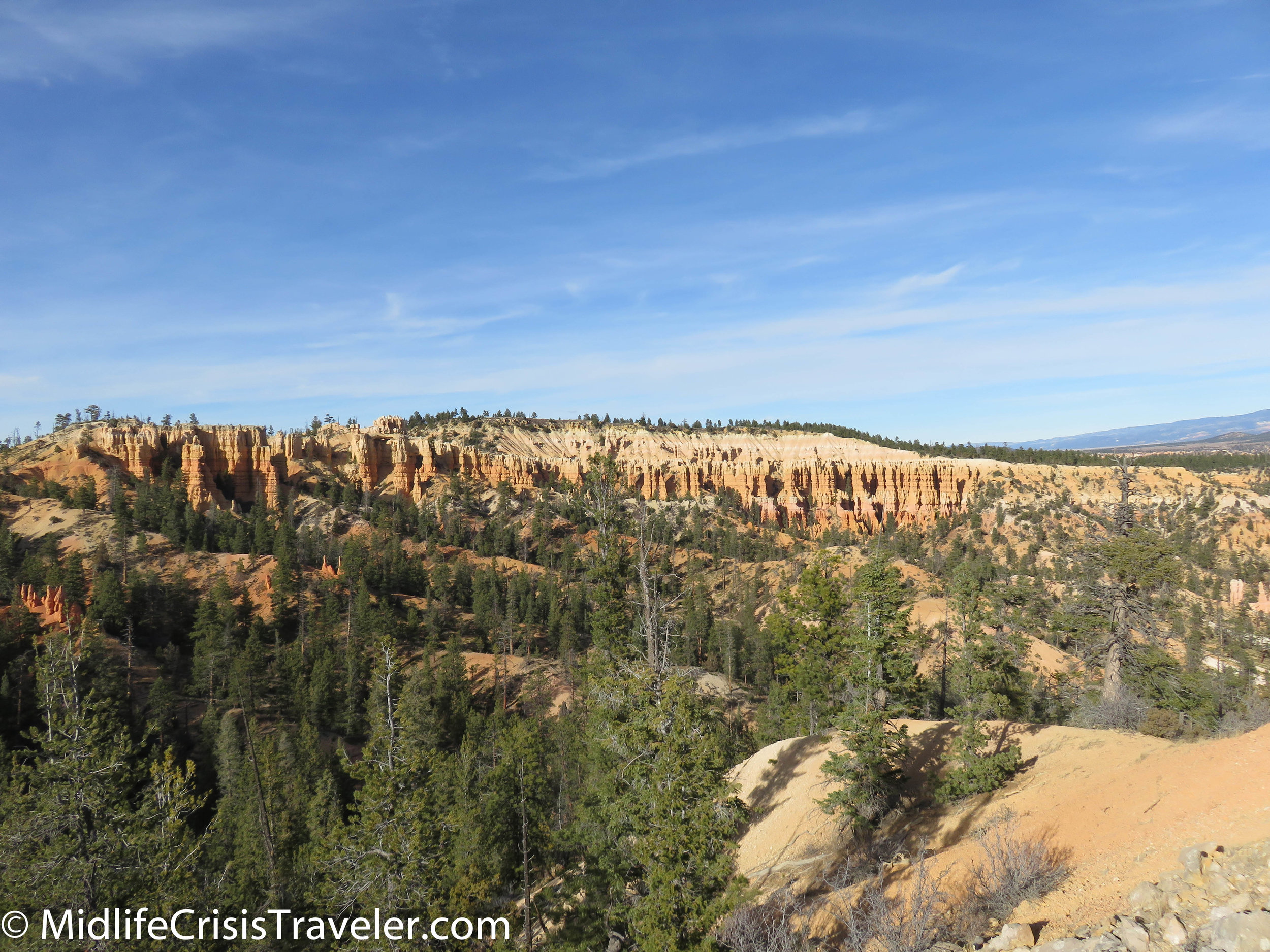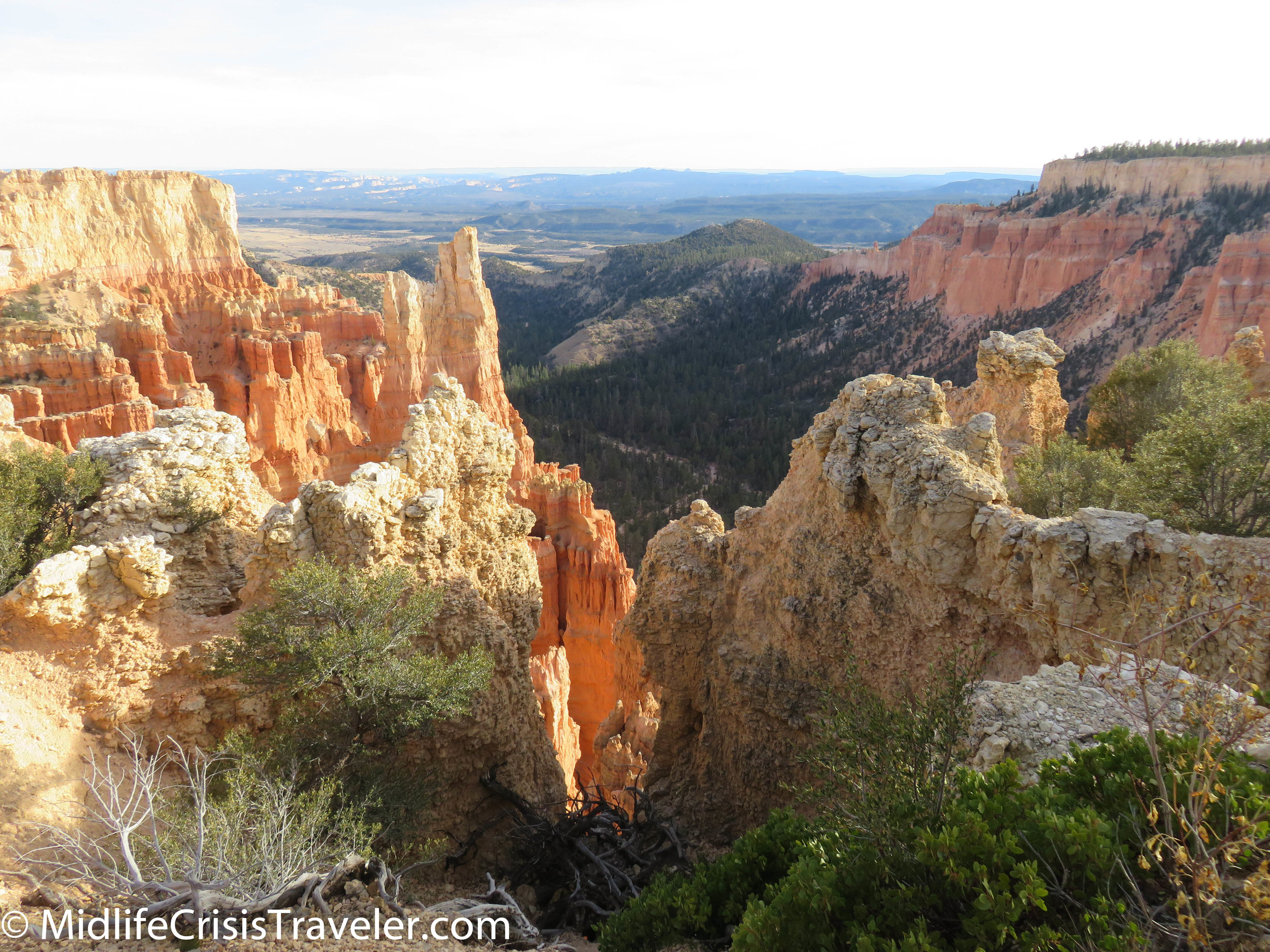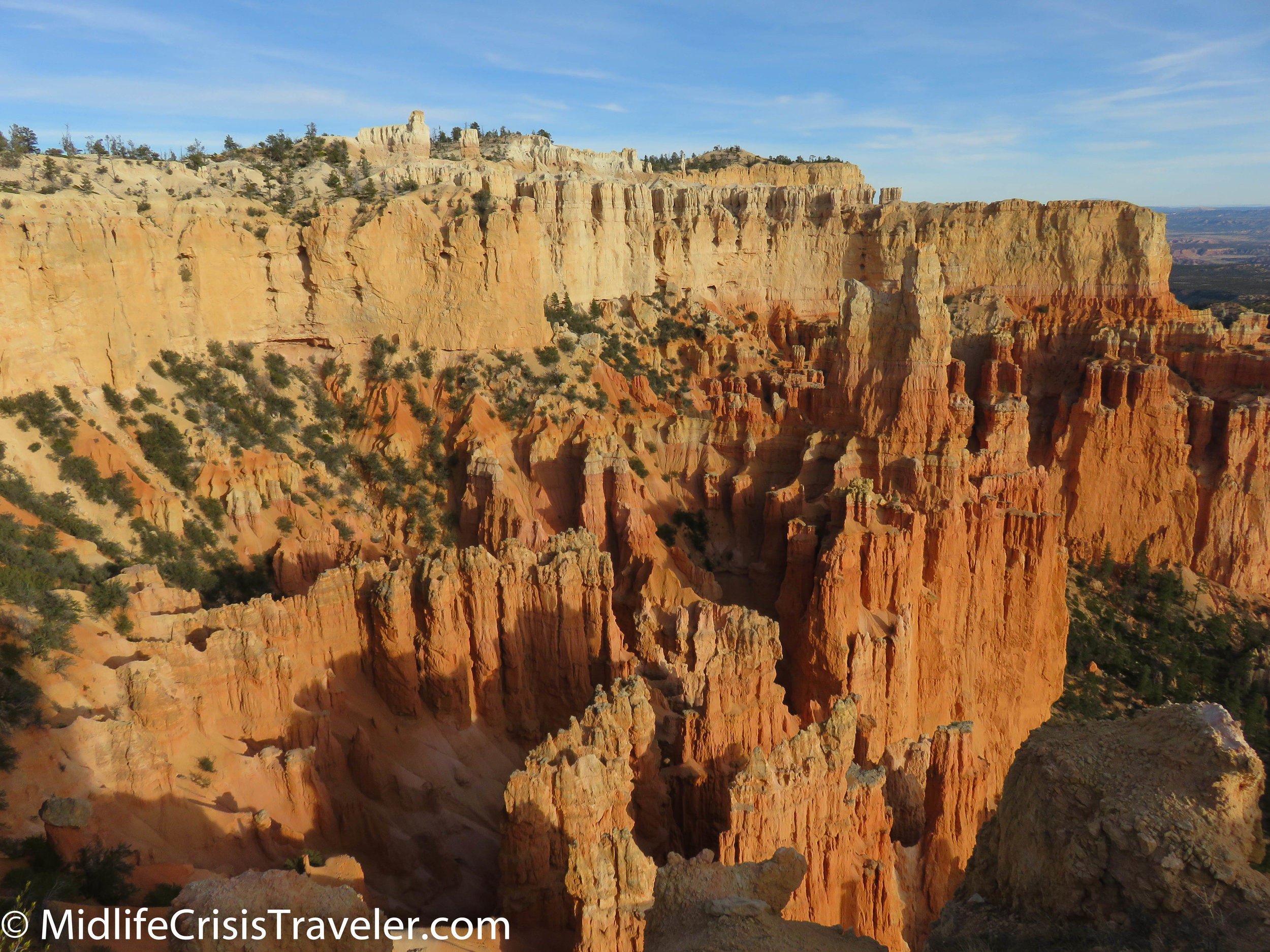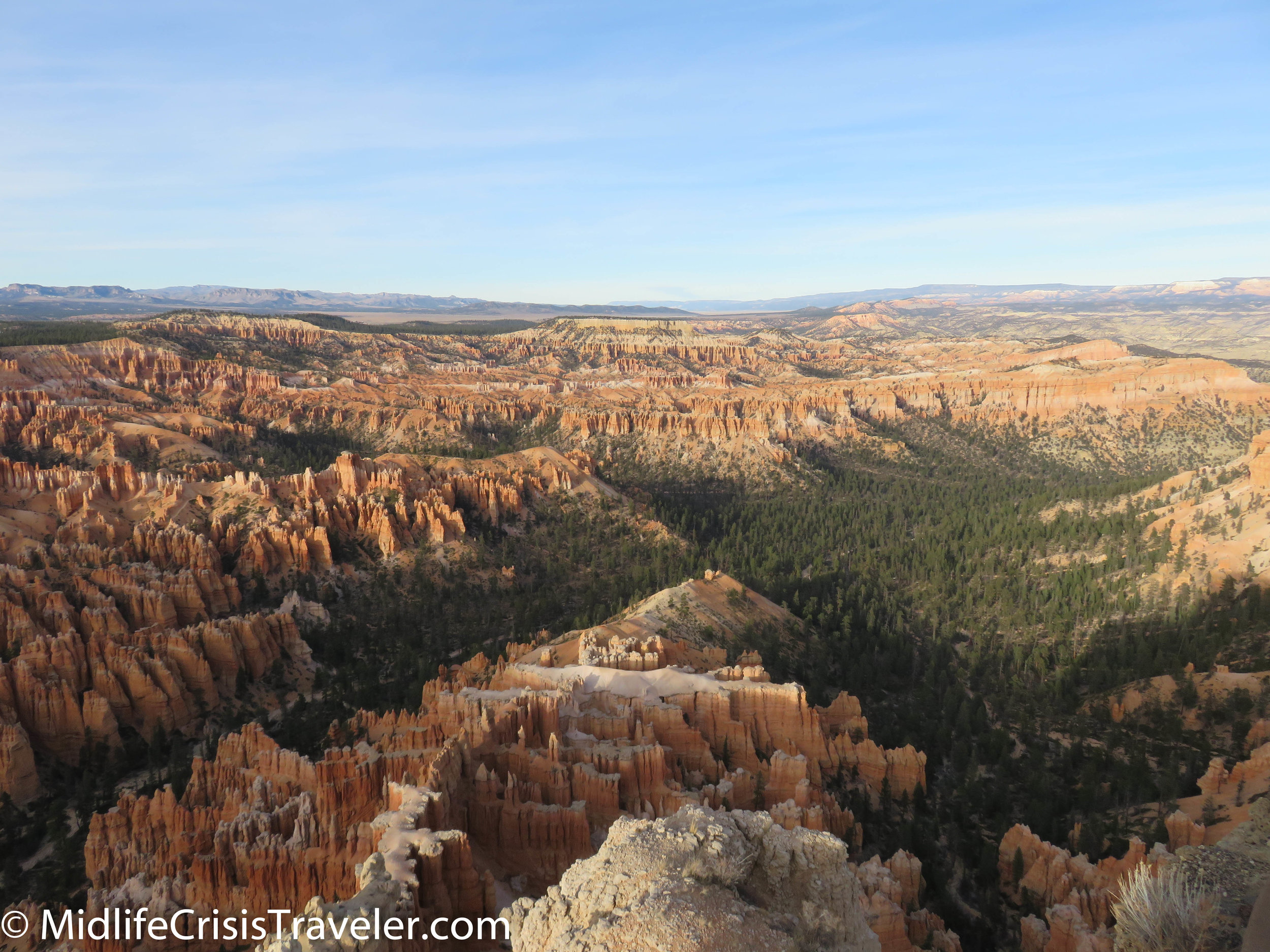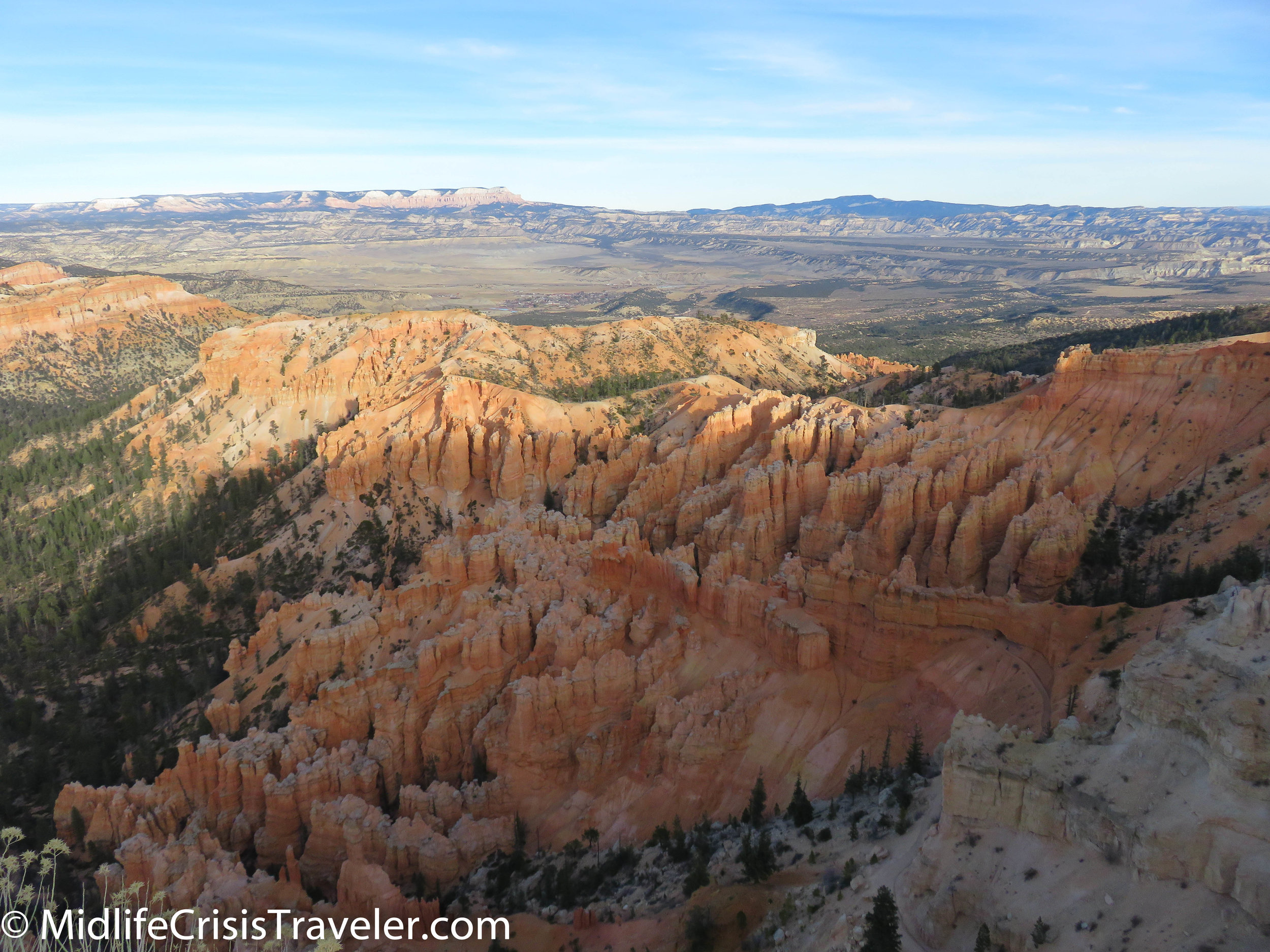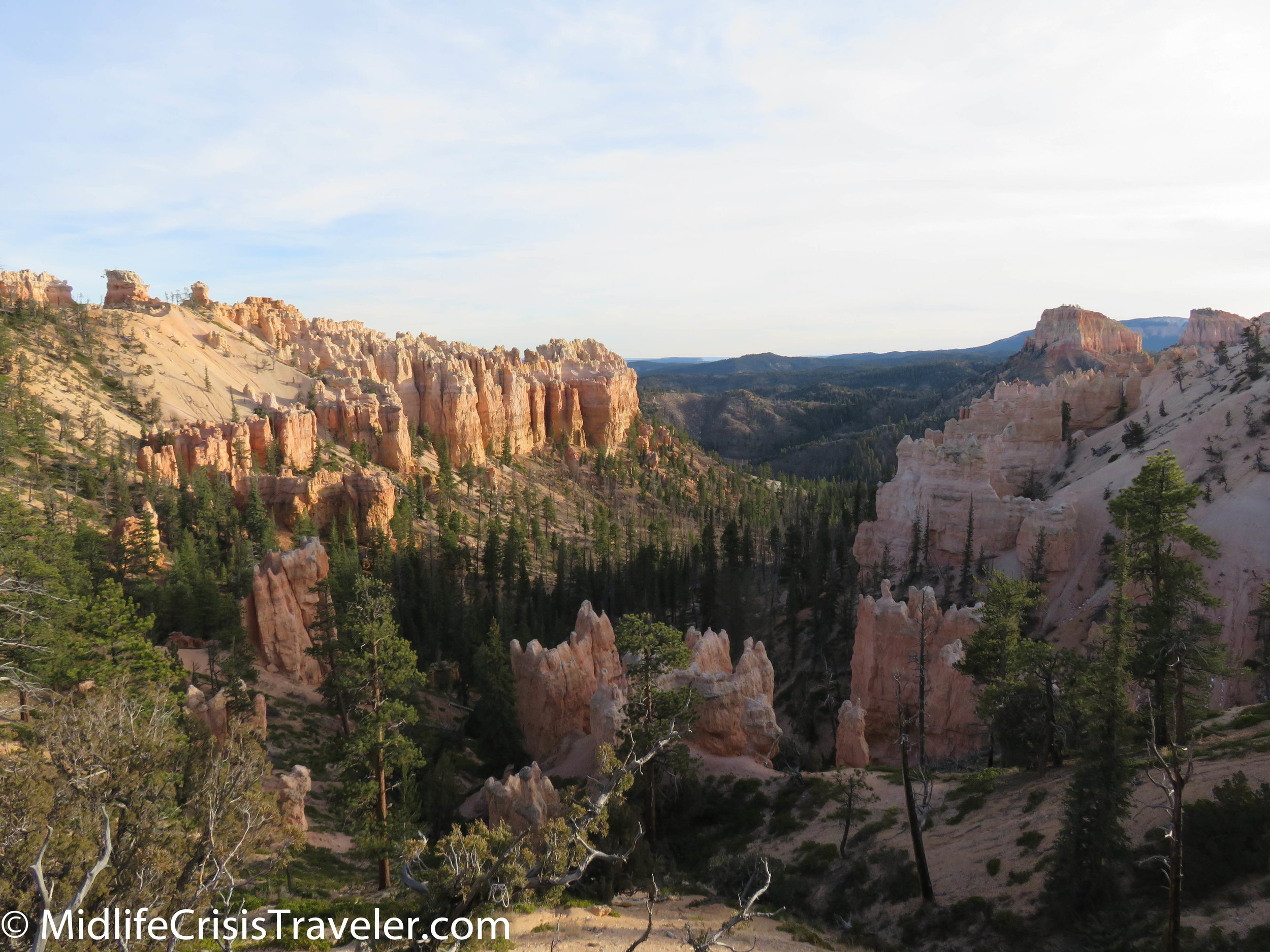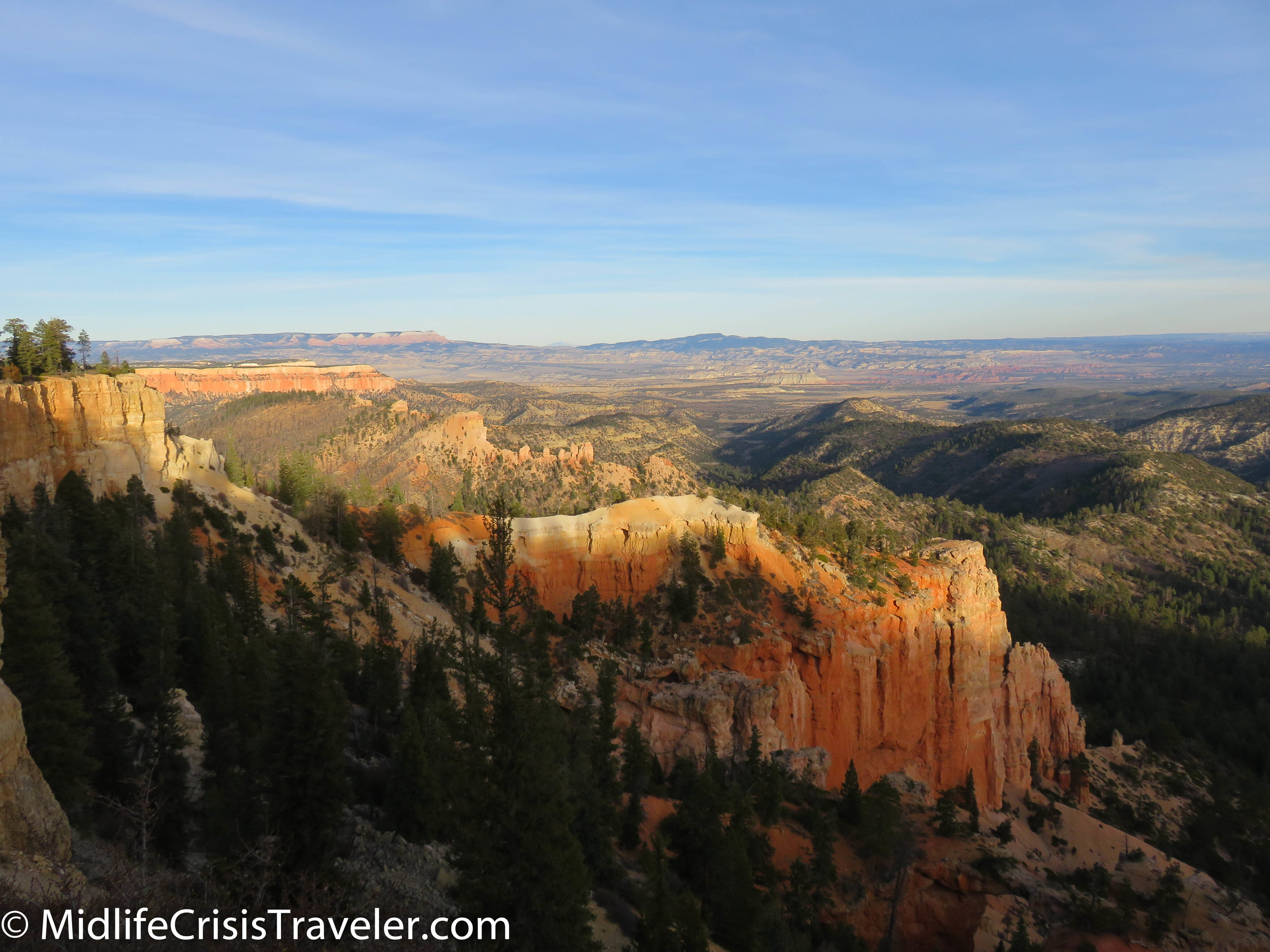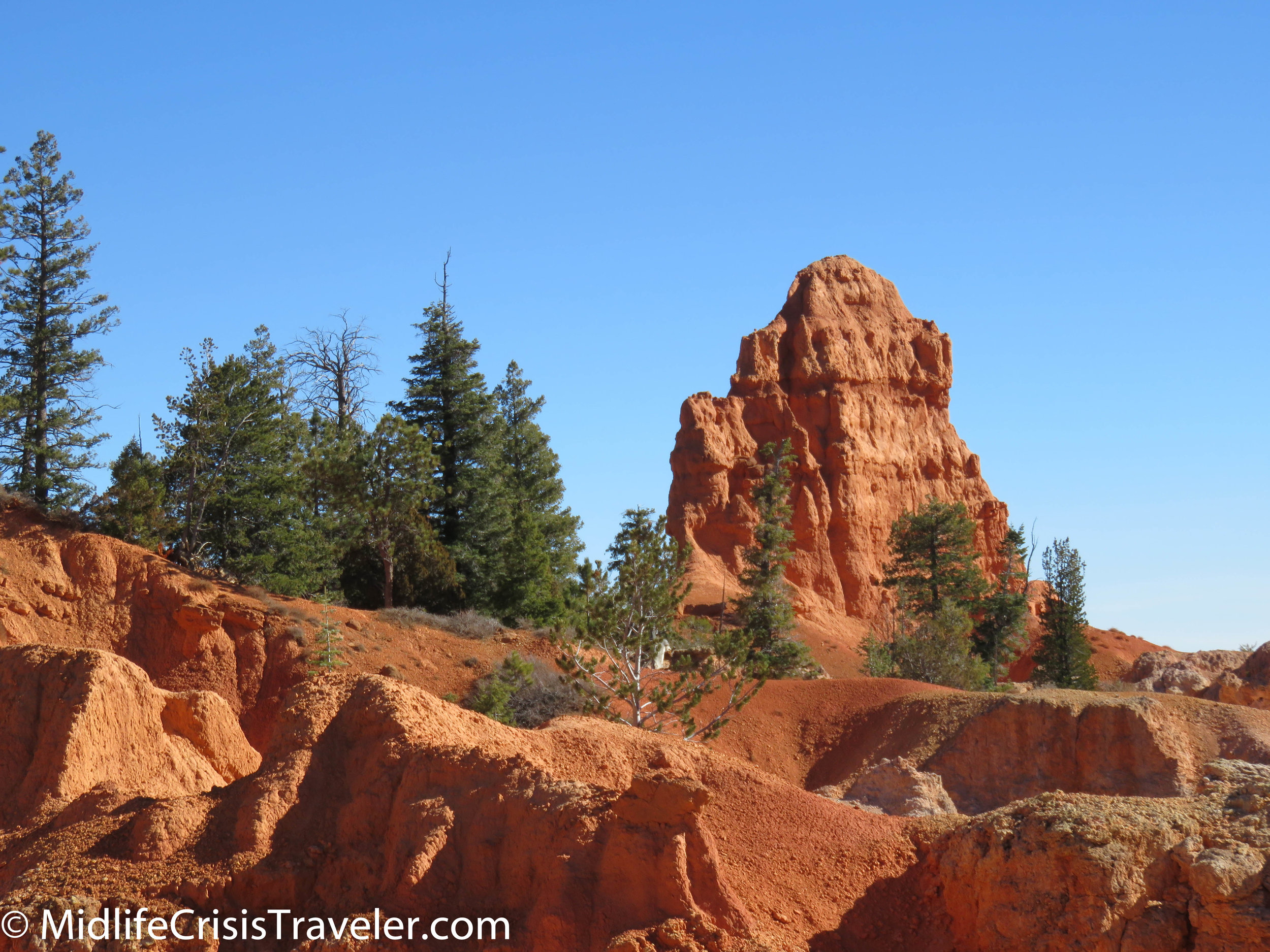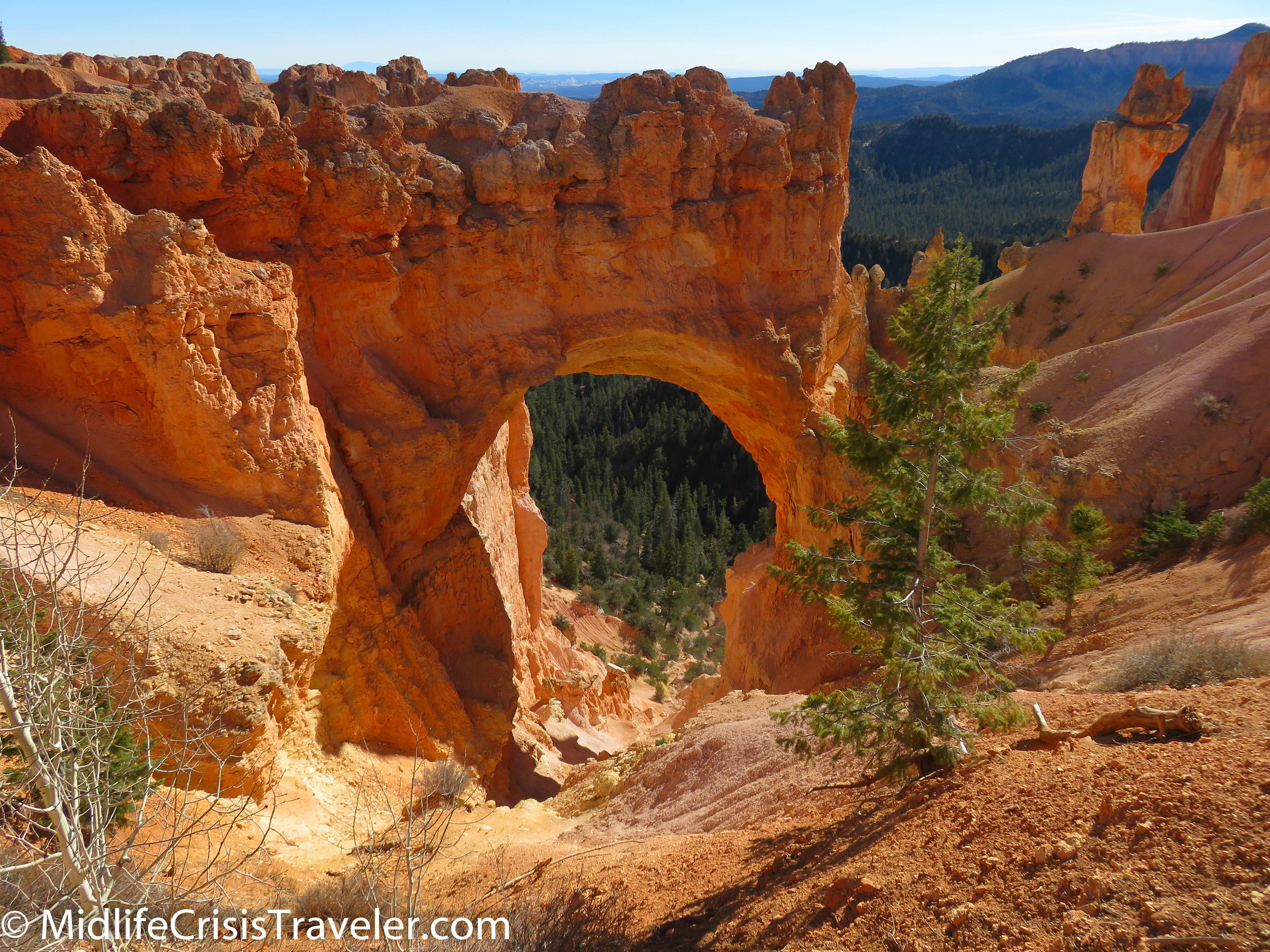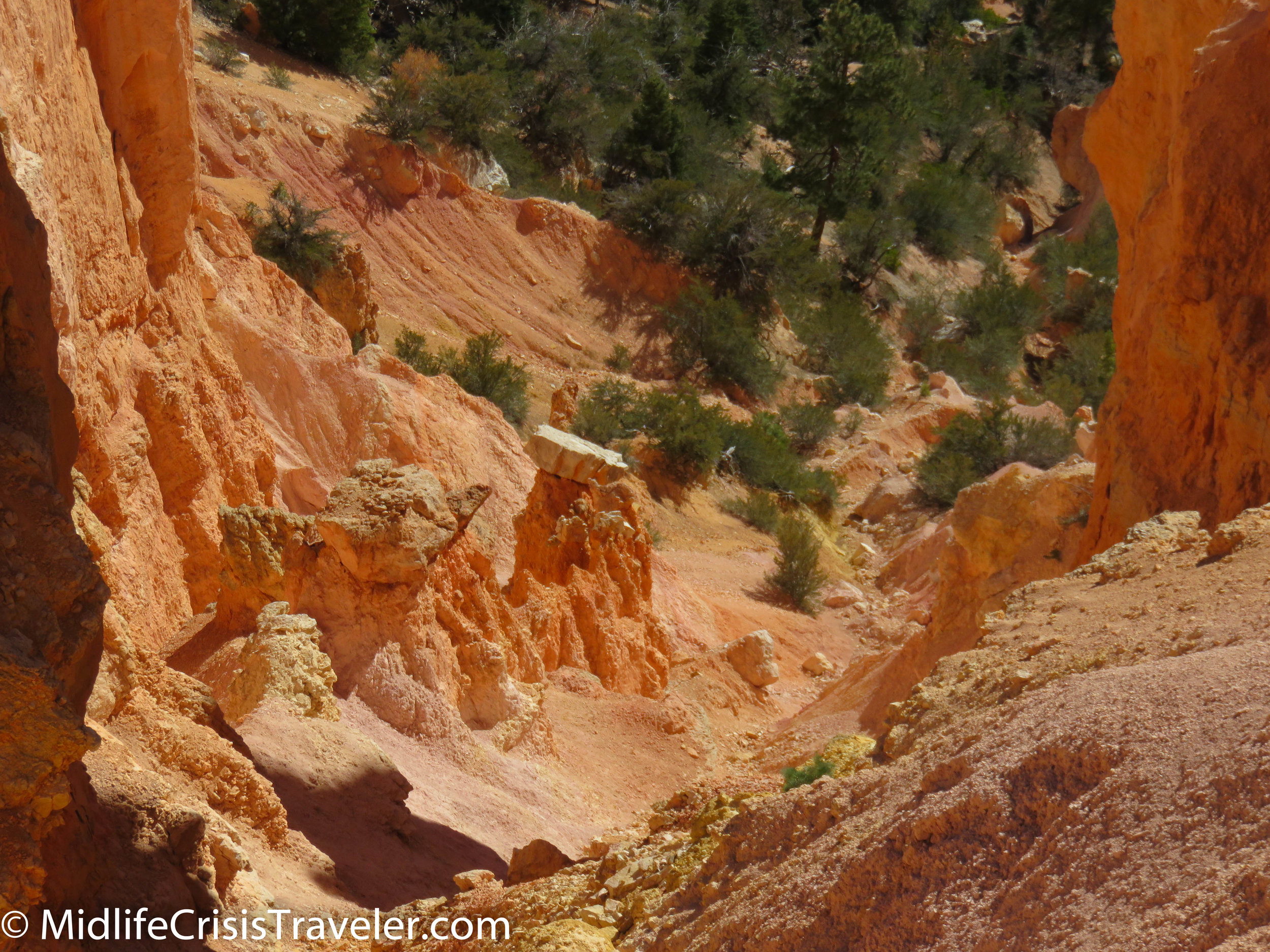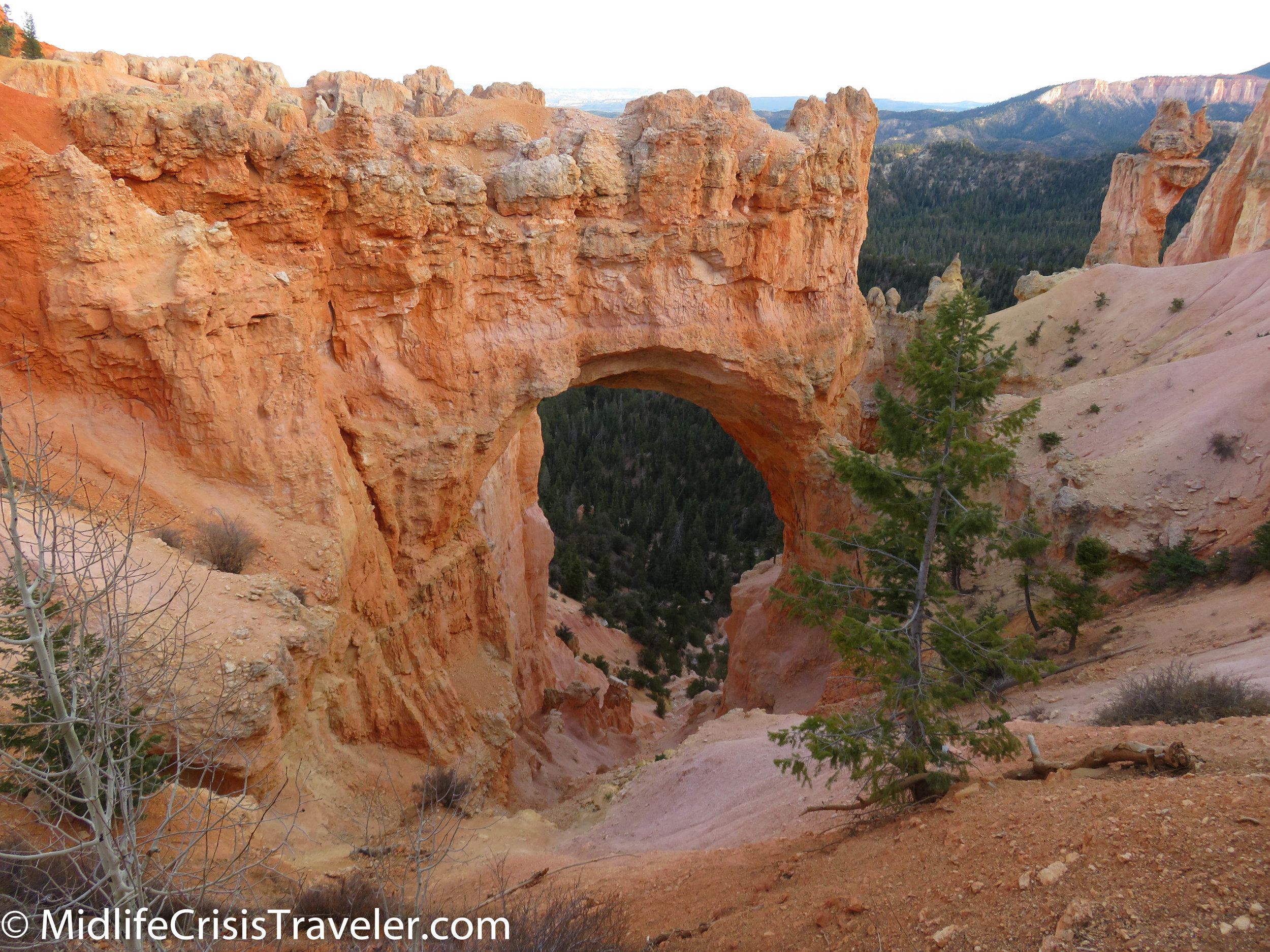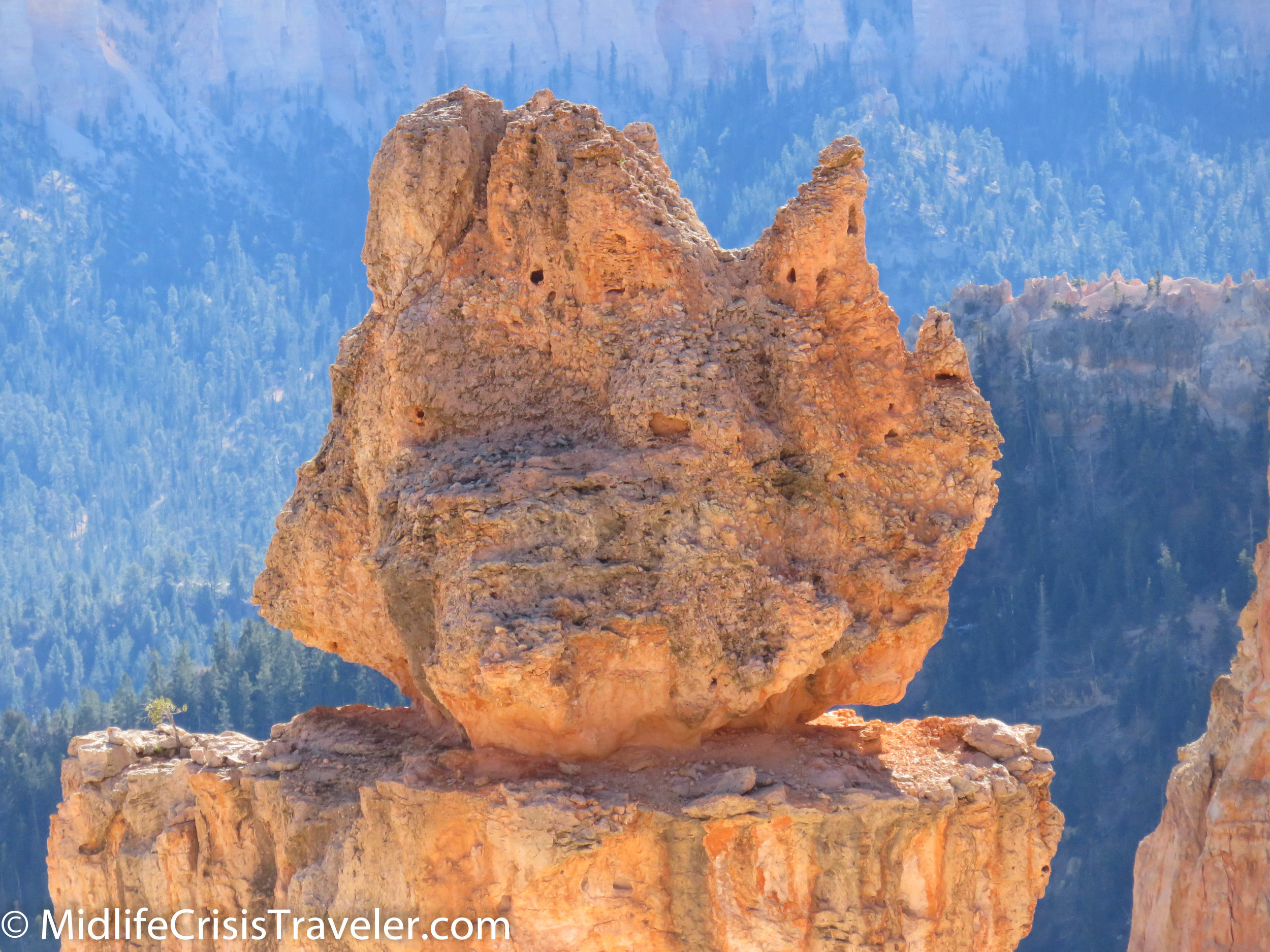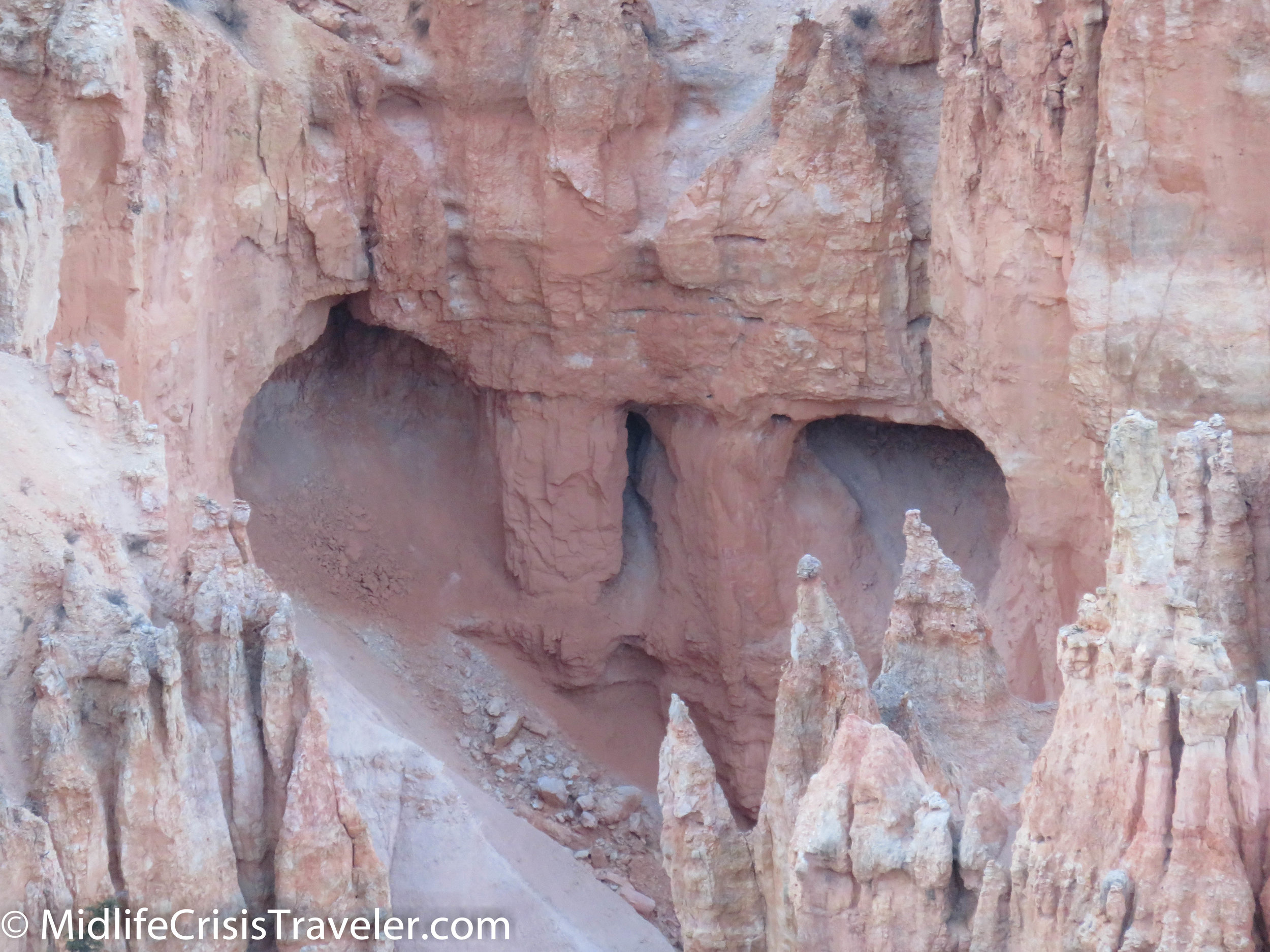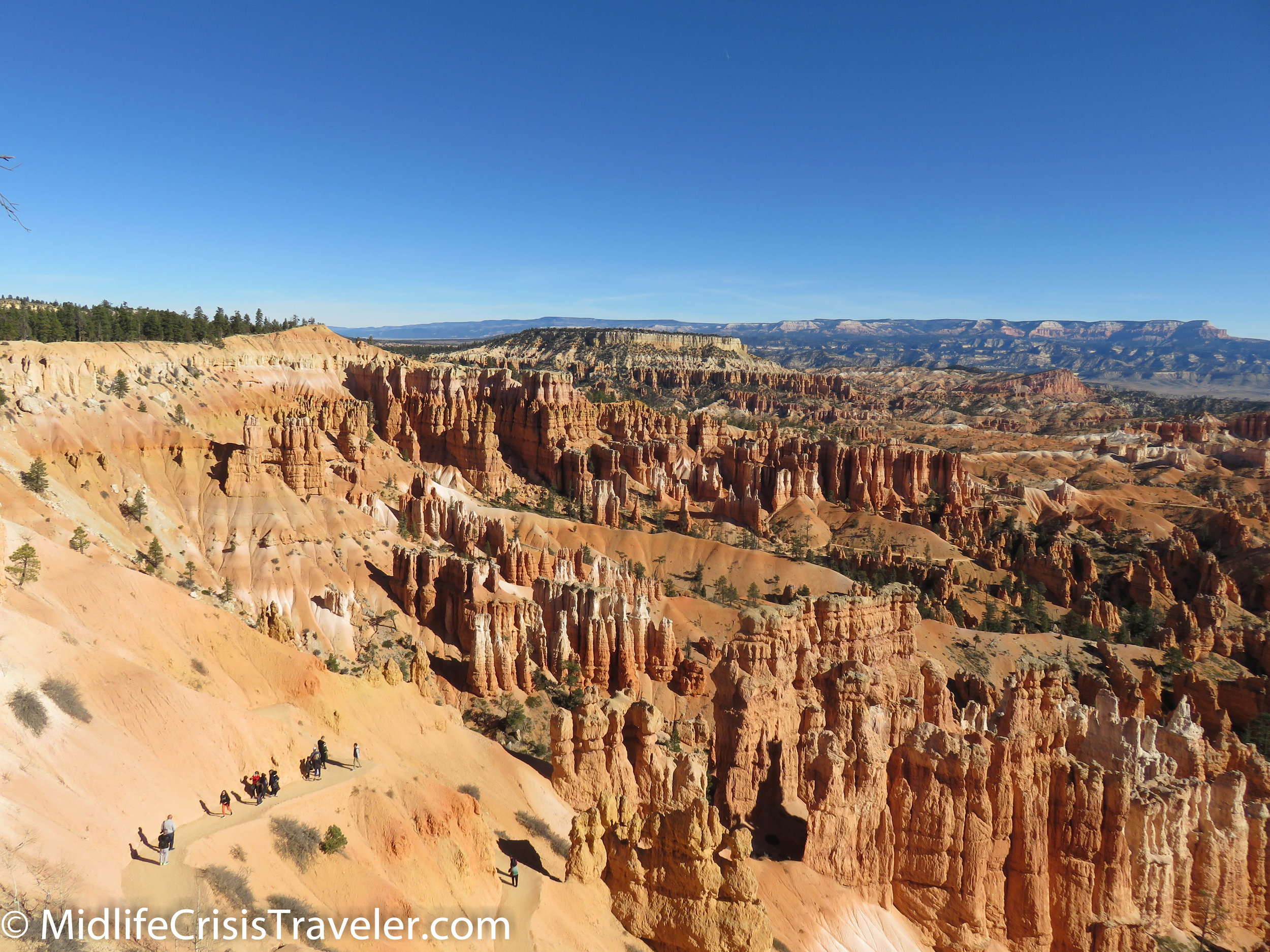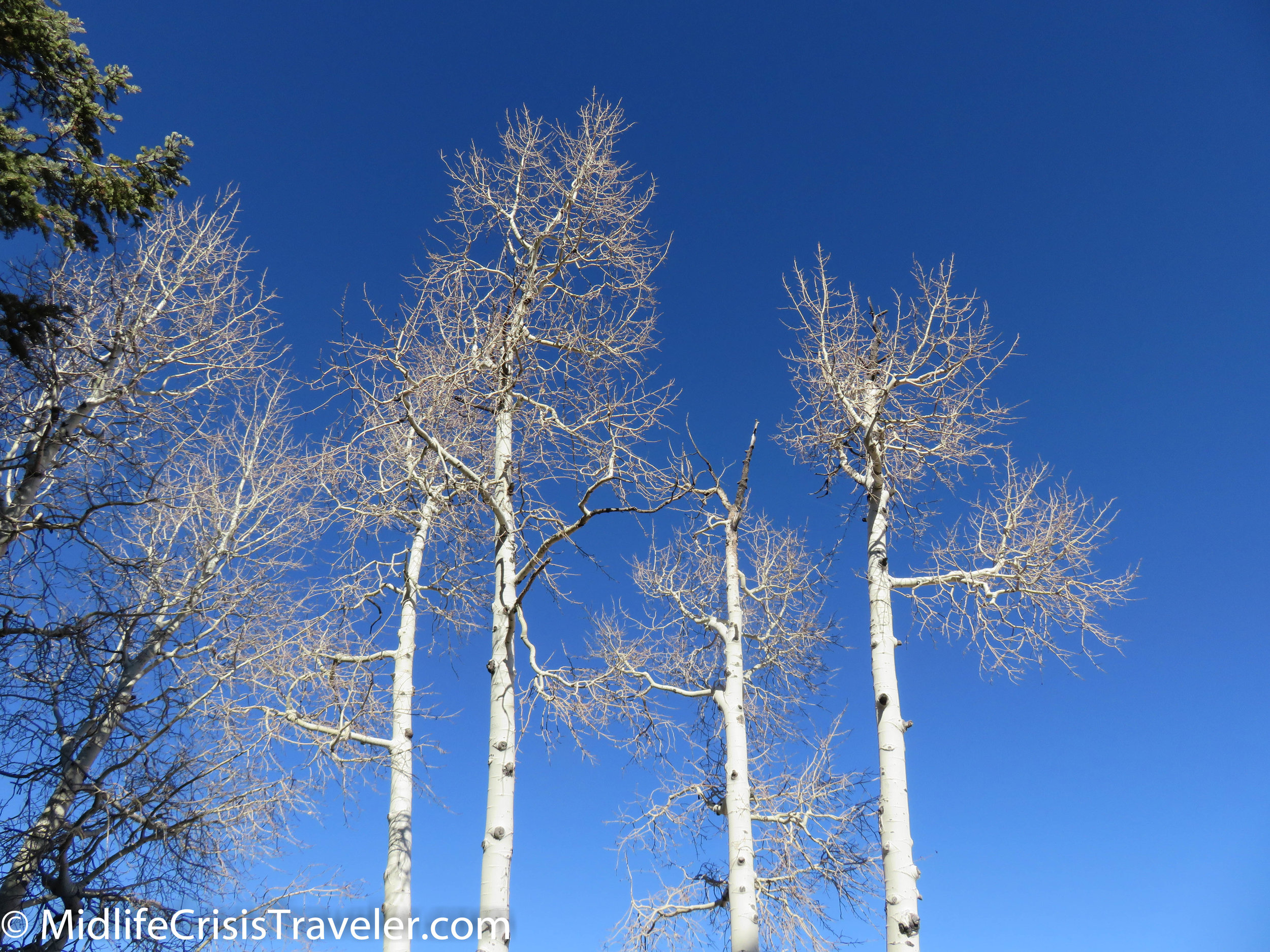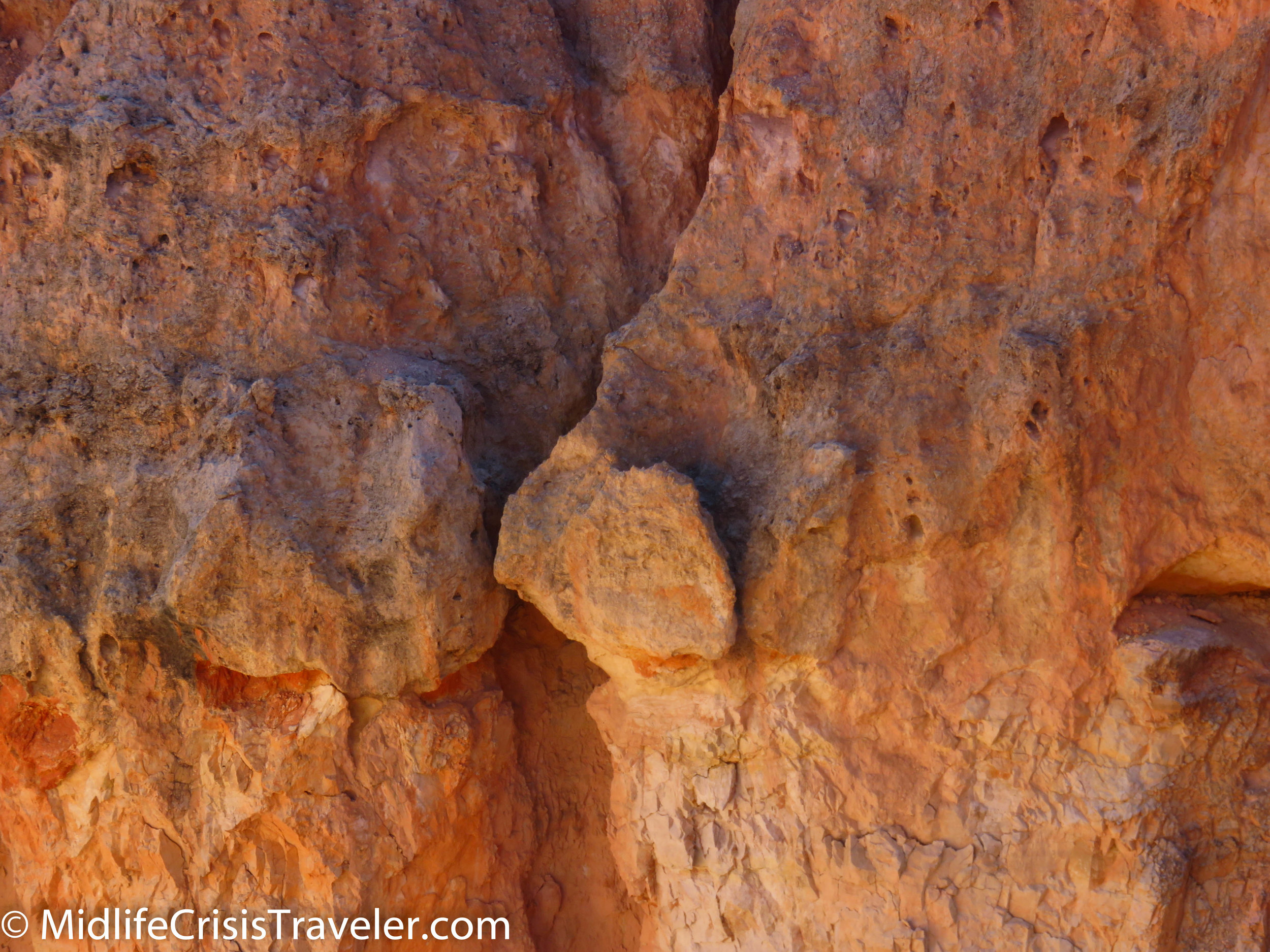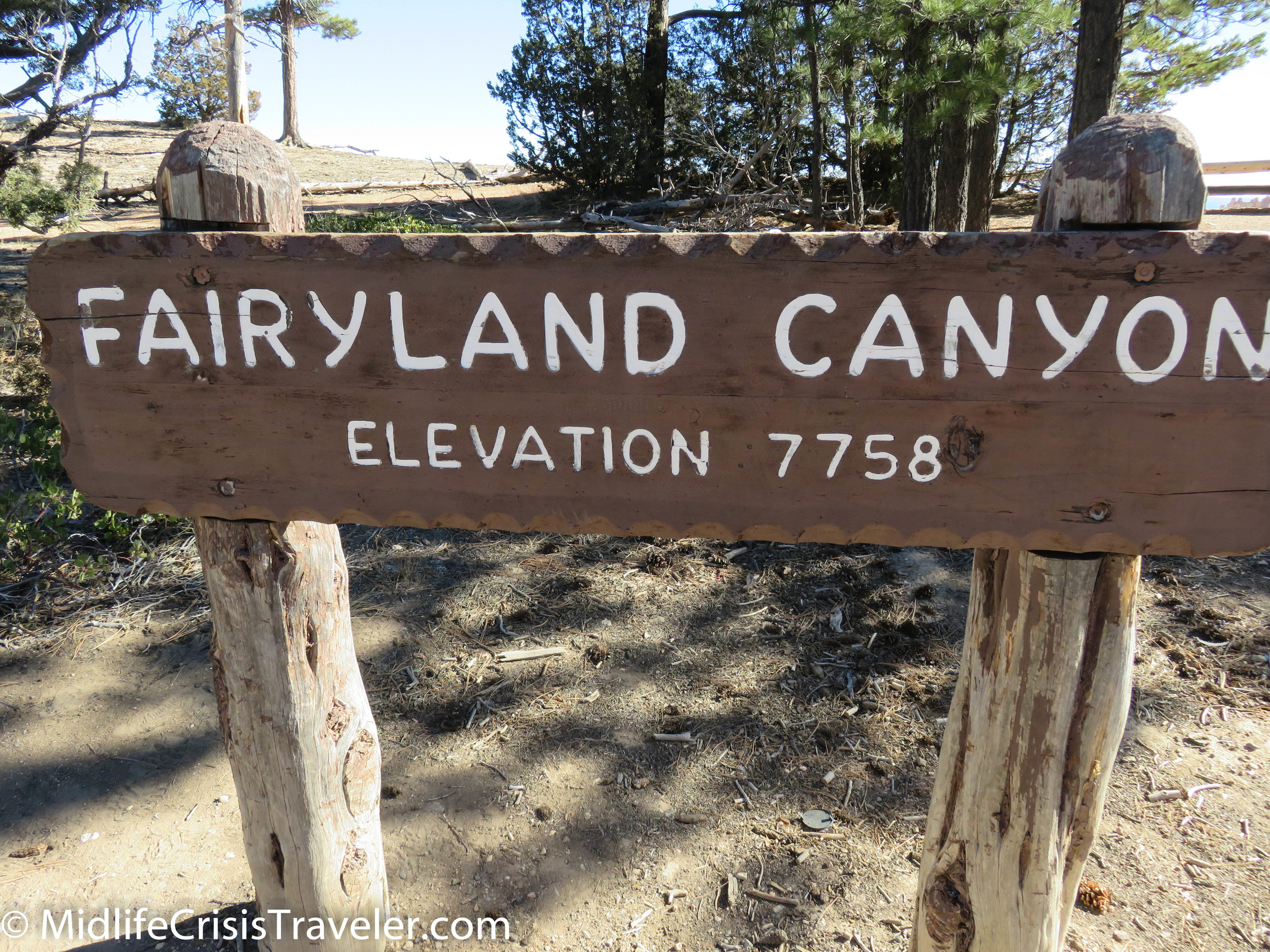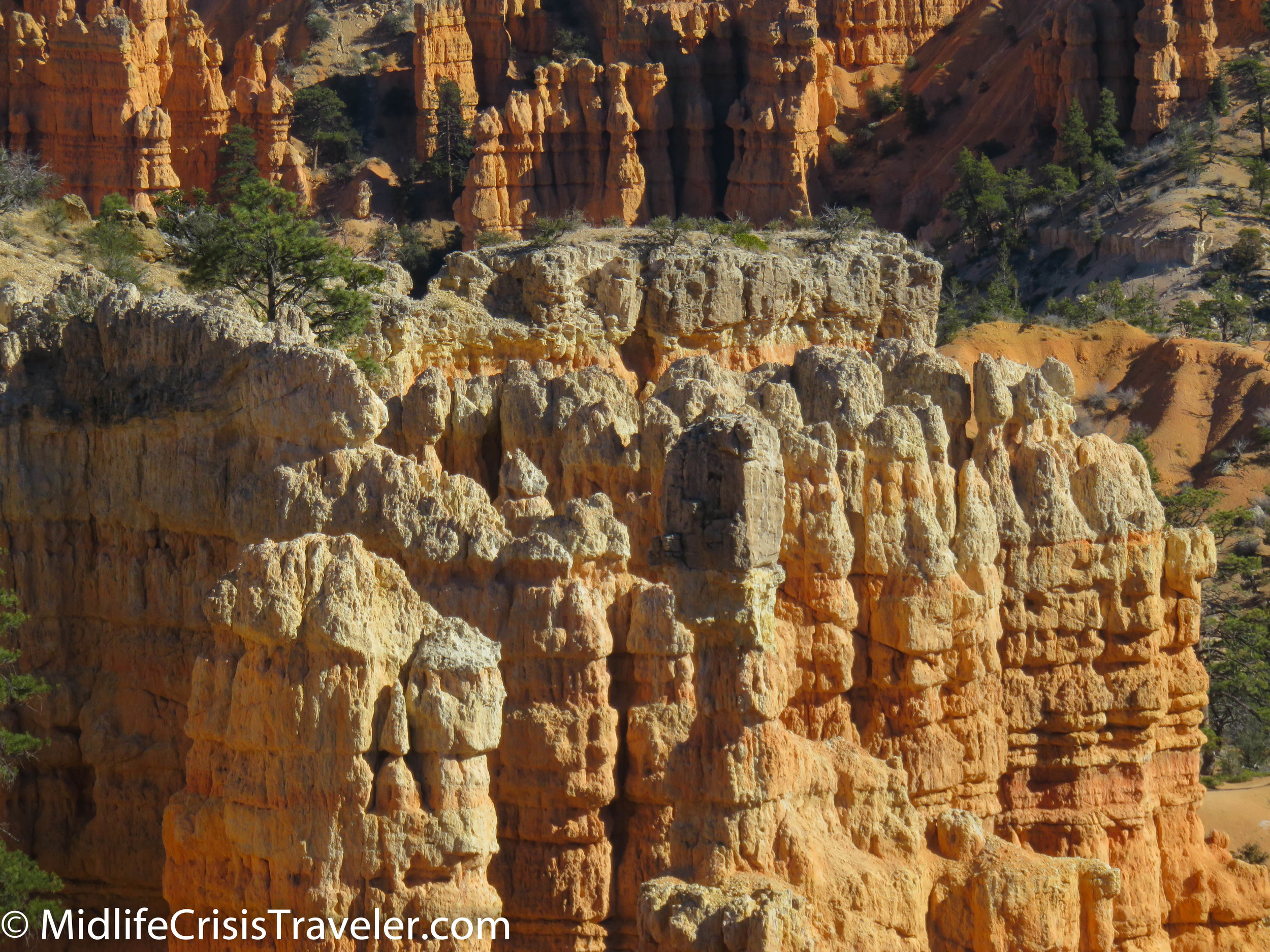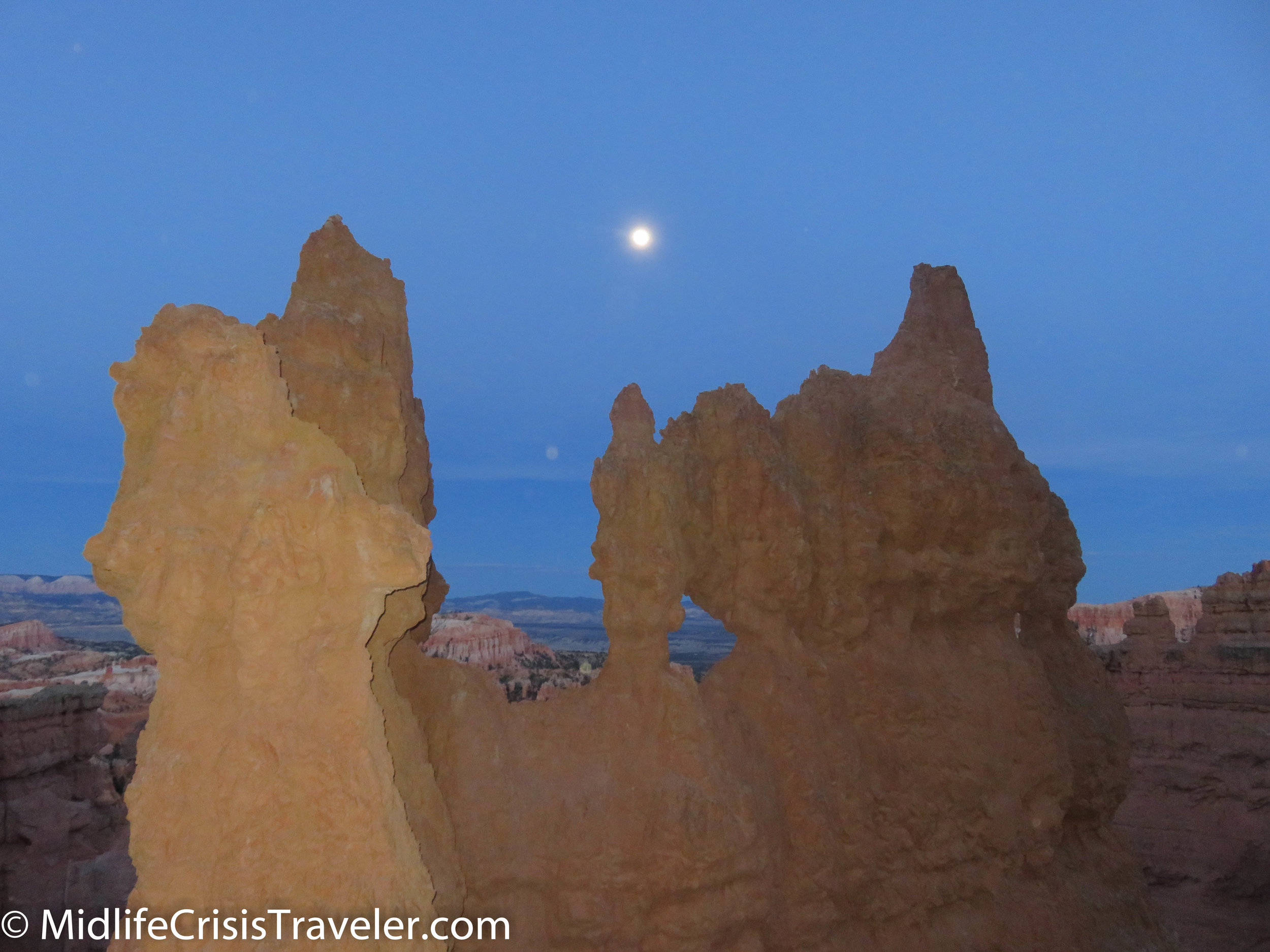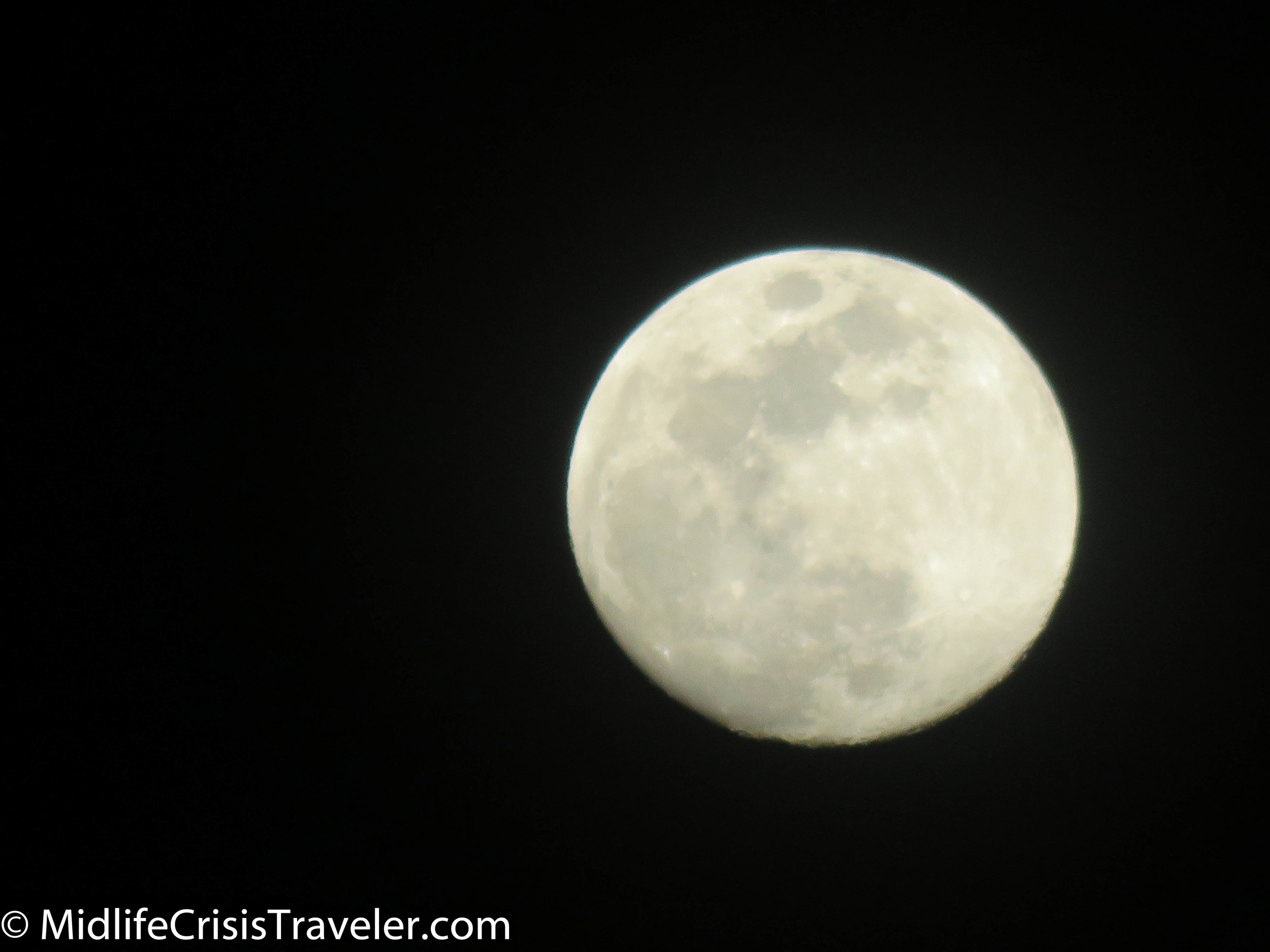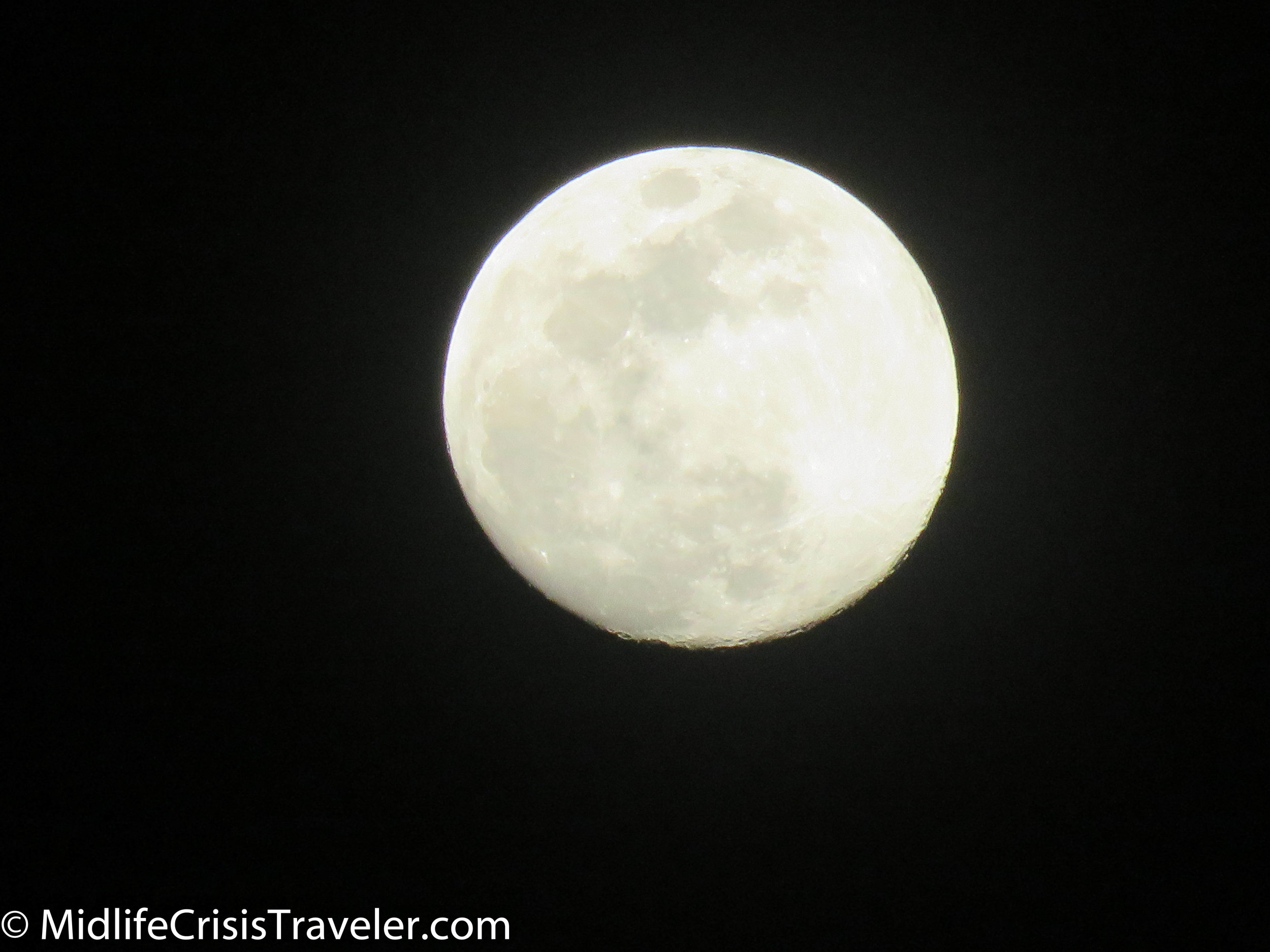Mossy Cave
Before we get deep into the heart of Bryce Canyon National Park, there is a small area down the road from Bryce Canyon proper called Mossy Cave. If you drive about 3 miles east from the intersection of Routes 12 and 63, you will happen upon a small parking lot on the right. Don’t skip past this quaint corner of Bryce Canyon. This slice of the canyon is an easy way to get up close and personal with the Hoodoos that capture everyone’s fascination. Hoodoos, pine trees and a small waterfall await your arrival. This is an appetizer of what is to come.
The next two pictures are of the surrounding area.
What is a Hoodoo?
Here is part of the description from the National Parks website:
https://www.nps.gov/brca/learn/nature/hoodoos.htm
General Description:
Hoodoos are tall skinny spires of rock that protrude from the bottom of arid basins and "broken" lands. At Bryce Canyon, hoodoos range in size from that of an average human to heights exceeding a 10-story building. Formed in sedimentary rock, hoodoo shapes are affected by the erosional patterns of alternating hard and softer rock layers. The name given to the rock layer that forms hoodoos at Bryce Canyon is the Claron Formation. This layer has several rock types including siltstones and mudstones but is predominantly limestone. Thirty to 40 million years ago this rock was "born" in an ancient lake that covered much of Western Utah. Minerals deposited within different rock types cause hoodoos to have different colors throughout their height.
Formational Process:
Hoodoos are formed by two weathering processes that continuously work together in eroding the edges of the Paunsaugunt Plateau. The primary weathering force at Bryce Canyon is frost wedging. Here we experience over 200 freeze/thaw cycles each year. In the winter, melting snow, in the form of water, seeps into the cracks and freezes at night. When water freezes it expands by almost 10%, bit by bit prying open cracks, making them ever wider in the same way a pothole forms in a paved road.
Rain is also the chief source of erosion (the actual removal of the debris). In the summer, monsoon type rainstorms travel through the Bryce Canyon region bringing short duration high intensity rain.
Preservation Message:
Unfortunately, hoodoos don't last very long. The same processes that create hoodoos are equally aggressive and intent on their destruction. The average rate of erosion is calculated at 2-4 feet (.6-1.3 m) every 100 years. So, it is that Bryce Canyon, as we know it, will not always be here. As the canyon continues to erode to the west it will eventually capture (perhaps 3 million years from now) the watershed of the East Fork of the Sevier River. Once this river flows through the Bryce Amphitheater it will dominate the erosional pattern, replacing hoodoos with a "V" shaped canyon and steep cliff walls typical of the weathering and erosional patterns created by flowing water. Indeed, a foreshadowing of this fate can be observed in Water Canyon while hiking the Mossy Cave Trail. For over 100 years a diversion canal has been taking a portion of the East Fork of the Sevier River through this section of the park and already it's easy to see the changes the flowing water has created.
Hoodoo colors are more vibrant after a rainstorm. Viewing hoodoos in the winter is especially rewarding. Not only does melting snow enrich the colors but the blanket of white adds another dimension to the beauty under the crisp blue sky.
The elevation of Bryce Canyon ranges from around 7,000 to 9,000 feet. Taking a hike into the canyons can mean a drop of several hundred feet. Well constructed paths make the hikes relatively easy but you must take your time if you are not used to walking or hiking at high elevations.
I highly recommend Ruby's Inn for lodging and food. During summer and fall months, they offer a buffet that will fill your belly for hours and give you plenty of fuel for those hikes through the Hoodoos. Performances run Wednesday through Saturday at 7pm from late May through mid-August.
I visited Bryce Canyon multiple times in the fall and winter. There wasn't enough snow to make a huge difference in the view but I have seen other pictures which make the park seem magical in winter.
Have you been to Bryce Canyon NP? What was your experience like? What advice would you give to people who are planning to visit the park? For more information about Bryce Canyon National Park, click the link below.












